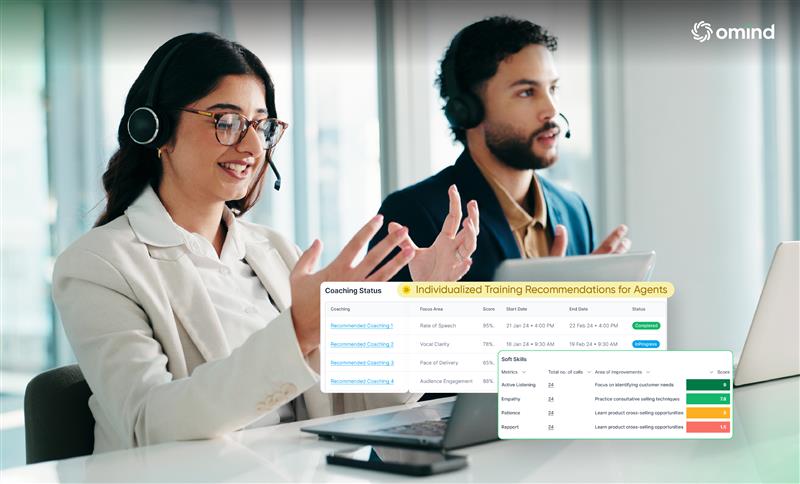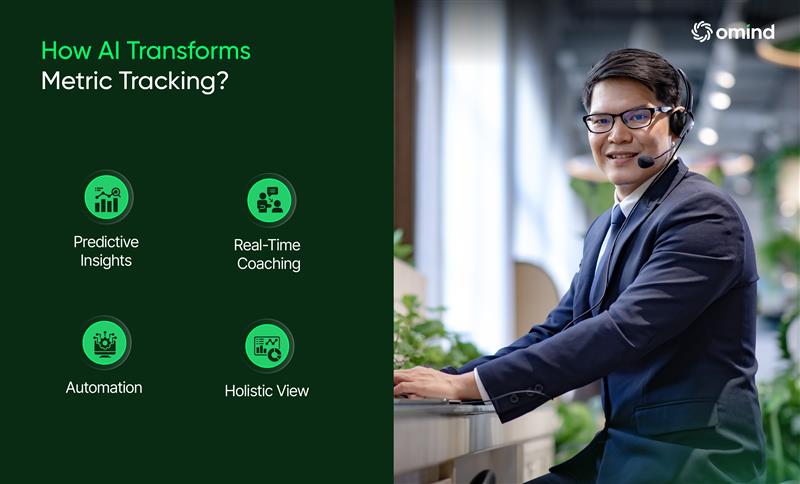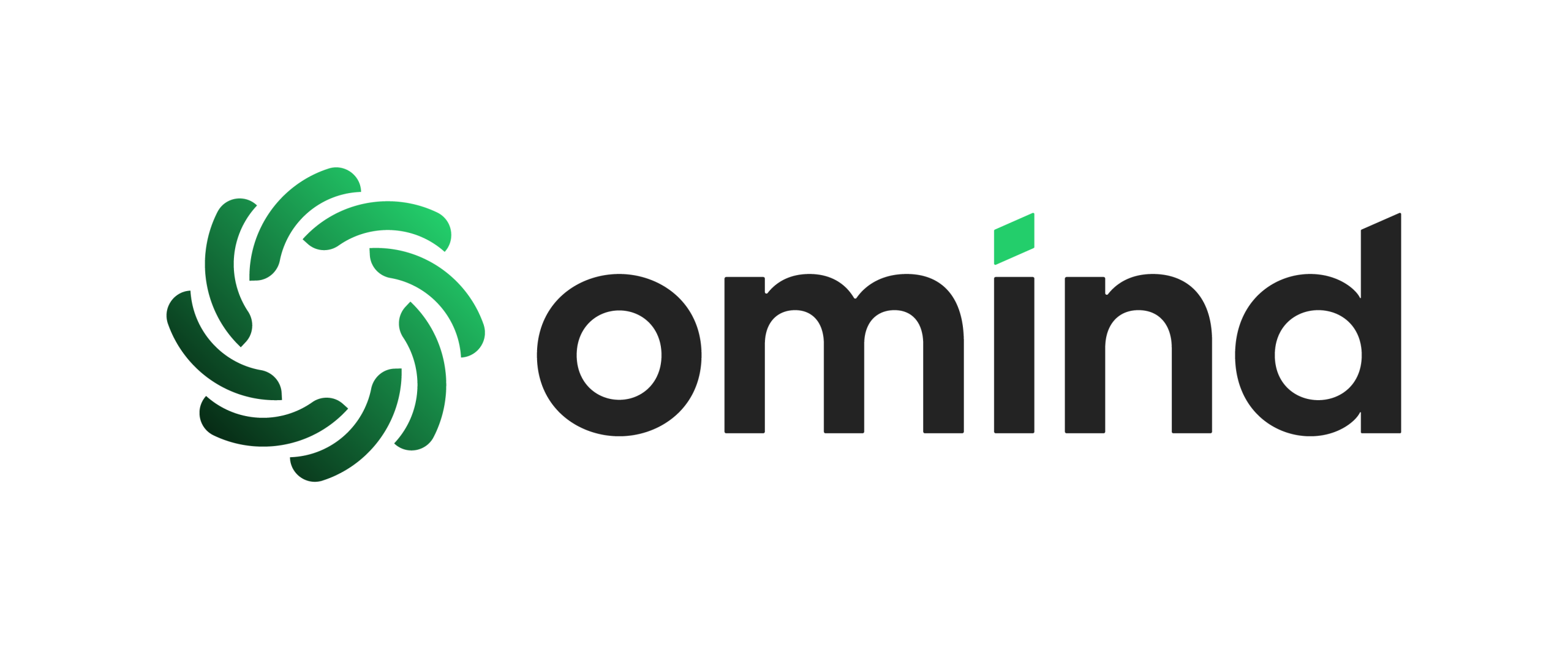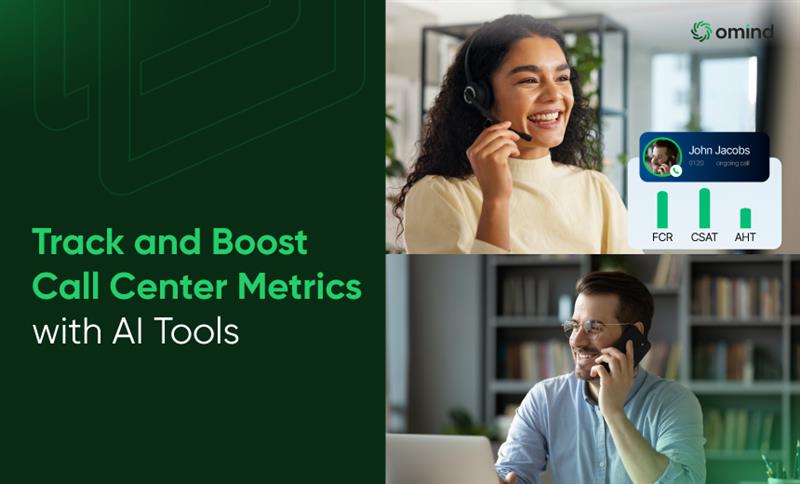In the modern contact center, every second counts. Customers expect answers in minutes, not hours, and leaders can’t afford to make decisions on gut instinct alone. That’s why call center performance metrics have become the backbone of customer service strategy. But here’s the twist: in 2025, tracking metrics isn’t enough—you need AI tools to interpret them, connect the dots, and drive real improvement.
This blog explores how call centers can use AI-powered solutions like Omind’s AI QMS to track, analyze, and elevate performance. We’ll break down the essential metrics, show how AI reshapes measurement, and explain why the future of QA belongs to those who act on data in real time.
Key Takeaways
- • FCR reduces churn by 15% for every 10% improvement.
- • AHT balances efficiency to avoid rushed interactions.
- • CSAT measures direct feedback on service quality.
- • NPS predicts long-term customer loyalty and growth.
- • Omind’s AI QMS analyzes 100% of interactions.
- • Sentiment analysis uncovers emotional context in calls.
Why Call Center Performance Metrics Matter More Than Ever?

Call centers are under pressure from all sides: customers demand personalization, executives want efficiency, and regulators expect compliance. Metrics are the common language that ties these priorities together.
- For customers: Metrics like FCR and CSAT reflect whether their needs are met quickly and effectively.
- For agents: Performance data highlights strengths, skill gaps, and opportunities for recognition.
- For leaders: KPIs reveal the health of operations and guide investments in training, staffing, and technology.
According to McKinsey, organizations that use advanced analytics in their contact centers achieve 30–40% efficiency gains compared to peers. The message is clear: metrics drive outcomes, and AI makes them actionable.
The Core Metrics Every Call Center Must Track
Not all metrics are created equal. Here are the foundational ones that determine whether your center is thriving—or just surviving:
How AI Transforms Metric Tracking?

Traditional QA methods review just 2–5% of calls, leaving most insights untapped. AI changes the game by analyzing 100% of interactions in real time.
- Automation: AI scores every call for compliance and empathy without human bias.
- Real-Time Coaching: Agents receive nudges mid-call, turning metrics into instant improvements.
- Predictive Insights: AI forecasts which agents may struggle or which processes may fail, allowing leaders to intervene early.
- Holistic View: Omind’s dashboards combine FCR, CSAT, AHT, and sentiment into one unified picture.
“AI tools don’t just measure what happened—they predict what will happen if you don’t act.” — Robin Kundra, VP Customer Success – Transformation, Omind
From Tracking to Improving: Turning Data Into Action
Collecting data is easy; turning it into better performance takes strategy. Here’s how AI tools help:
- Spot Trends, Not Outliers – Instead of reacting to one bad call, AI highlights systemic issues (e.g., long AHT tied to policy changes).
- Coach Smarter – Predictive coaching modules recommend training tailored to individual agent needs.
- Close the Feedback Loop – Metrics aren’t siloed; they connect directly to QA workflows and product improvements.
- Motivate Through Gamification – Leaderboards and recognition tied to metrics keep agents engaged.
Omind’s Edge: AI QMS for Performance Mastery
Omind’s AI QMS isn’t just another dashboard. It’s a performance engine that:
- Evaluates 100% of interactions.
- Provides real-time coaching prompts.
- Predicts risks in staffing, compliance, and customer satisfaction.
- Links every metric to business outcomes, from churn reduction to revenue growth.
With Omind, metrics are more than numbers—they’re levers for change.
In 2025, call center performance metrics are no longer just operational indicators—they’re strategic assets. By pairing them with AI tools like Omind’s QMS, contact centers can shift from reactive measurement to proactive improvement. The result? Higher quality, happier customers, and empowered agents.
Ready to transform your performance tracking? Schedule a demo with Omind today.


